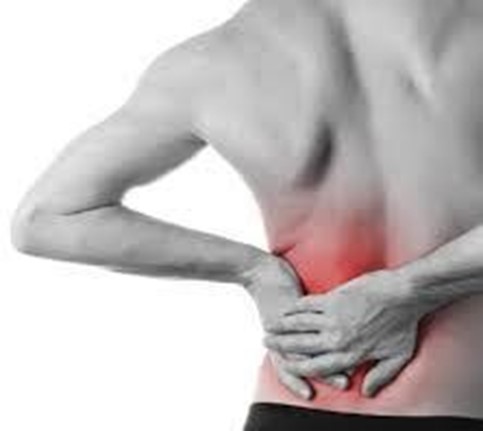What pain description is the client with renal calculi most likely to report during an assessment?
A feeling of pressure in the bladder.
A mild, burning pain when urinating.
Sharp, severe flank pain that occurs suddenly.
A constant, dull, aching pain in the right upper quadrant.
The Correct Answer is C

This is because renal calculi can cause renal colic, which is a sudden and intense pain in the flank area that radiates to the groin or testicles.
The pain is caused by the stone obstructing the ureter and triggering spasms.
Choice A is wrong because a feeling of pressure in the bladder is more likely to indicate a lower urinary tract infection or an overactive bladder.
Choice B is wrong because a mild, burning pain when urinating is more likely to indicate a urinary tract infection or a urethral injury.
Choice D is wrong because a constant, dull, aching pain in the right upper quadrant is more likely to indicate a liver or gallbladder problem.
Normal ranges for urine pH are 4.5 to 8.0, and for specific gravity are 1.005 to 1.030.
Nursing Test Bank
Naxlex Comprehensive Predictor Exams
Related Questions
Correct Answer is ["B","C","D"]
Explanation
Exercise has many health benefits, such as improving self-concept, decreasing resting pulse and blood pressure, and improving sleep quality.
Correct Answer is ["A","C"]
Explanation
Choice A is correct because using a soft toothbrush can decrease the risk of bleeding from the gums, which is a common site of bleeding for people with hemophilia.
Choice C is correct because reporting excessive bleeding to the provider and using precautions to protect the head and joints are important aspects of home care for hemophilia.
Choice B is wrong because ibuprofen is a nonsteroidal anti-inflammatory drug (NSAID) that can interfere with platelet function and increase bleeding tendency. People with hemophilia should avoid NSAIDs and use acetaminophen instead for pain relief.
Choice D is wrong because clotting factor treatments are not only needed when a bleed occurs but also as a preventive measure to reduce the frequency and severity of bleeding episodes. People with severe hemophilia need regular clotting factor replacement therapy for the rest of their lives.
Choice E is wrong because warm, painful joints are signs of joint bleeding, which is a serious complication of hemophilia that can lead to permanent joint damage.
People with hemophilia should not apply heat to their joints, but rather use ice packs, compression, elevation and rest to reduce swelling and pain. They should also seek medical attention and receive clotting factor replacement therapy as soon as possible.
Whether you are a student looking to ace your exams or a practicing nurse seeking to enhance your expertise , our nursing education contents will empower you with the confidence and competence to make a difference in the lives of patients and become a respected leader in the healthcare field.
Visit Naxlex, invest in your future and unlock endless possibilities with our unparalleled nursing education contents today
Report Wrong Answer on the Current Question
Do you disagree with the answer? If yes, what is your expected answer? Explain.
Kindly be descriptive with the issue you are facing.
